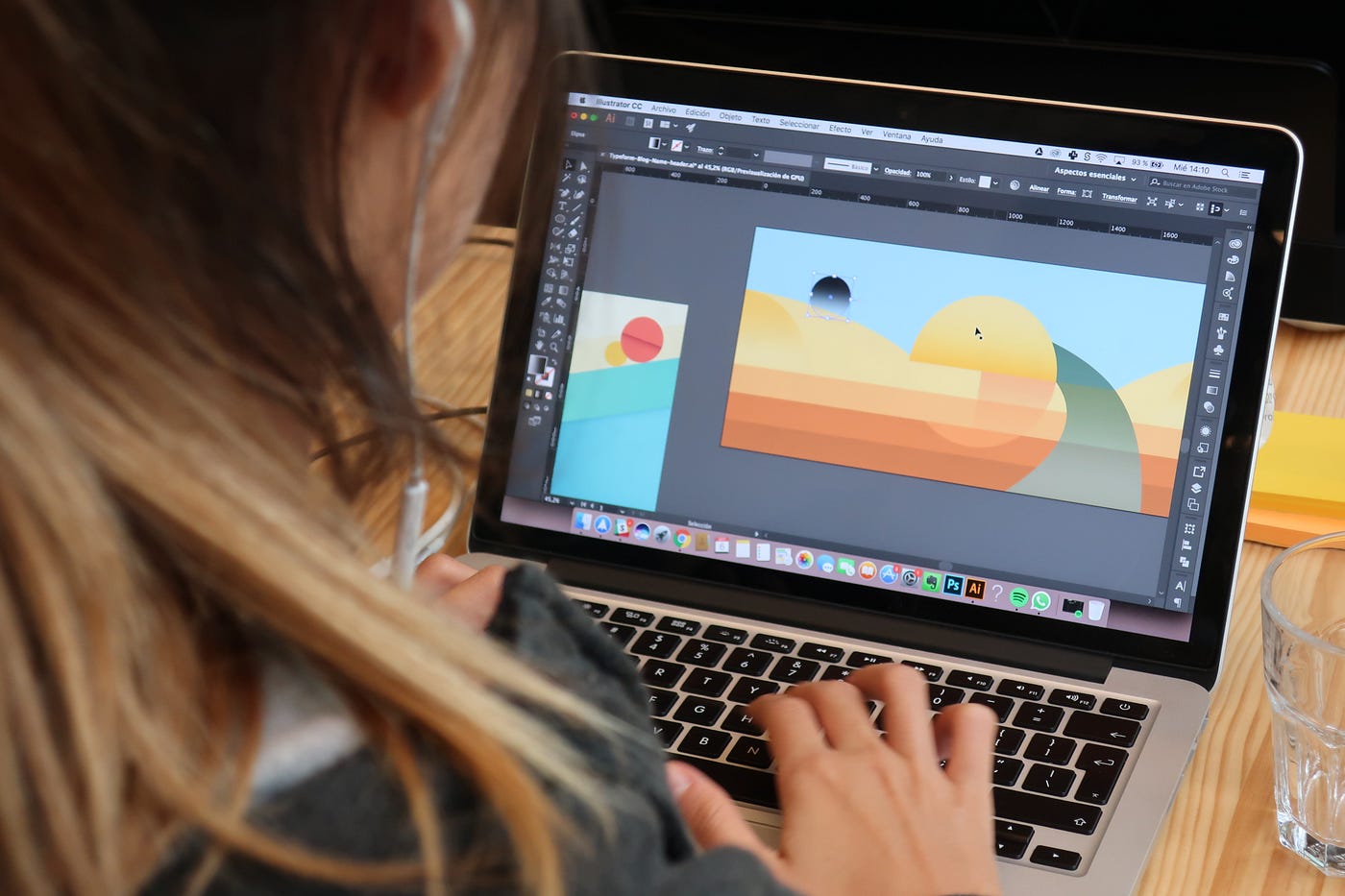
Assembling a team of creative professionals can be a difficult undertaking for modern businesses. In a world where digital presence is nearly constant, there is immense pressure to keep up with a fast-paced, social media-driven environment.
To help you navigate this process successfully, here are six key steps that will guide you in building your creative team.
Establish the Scope of Your Creative Work
Before embarking on your quest for new talent, it is crucial to define the goals you wish to achieve and the path you plan to take to attain them. Successful teams have a clear sense of purpose that keeps them focused and on track. To effectively define the scope of your creative work, consider the following questions:
- What specific goals do I aim to achieve with this team?
- What is the allocated budget for this endeavor?
- Which individuals are currently available to initiate the team-building process?
- What additional skills must I seek out to enhance the team’s capabilities?
This initial step lays the foundation for your creative brief, which outlines the project’s objectives and scope. A well-constructed creative brief can help align team expectations with business needs, ensuring that everyone is working towards a common goal.
Evaluate Your Available Resources
Once you have a clear understanding of your objectives, the next step is to evaluate the resources at your disposal. While both in-house and remote professionals can bring immense value to your team, the final decision may depend on your company’s financial and operational constraints.
To determine the optimal number of team members required for your creative endeavors, consider creating an organizational chart that clearly outlines every essential job function necessary for the smooth operation of your team. This chart should evolve over time as your company grows and the demands on your team shift.
Evaluate Your Creative Team’s Skills
As you work on defining the structure and objectives of your creative team, it’s important to assess the skills and attributes of your existing talent pool. One of the key benefits of this step is that it can help identify any skill gaps that need to be filled.
For instance, let’s say that your team has been tasked with a web design project. While your in-house graphic designer might excel at conceptualizing visual ideas, creating logos, developing infographics, and using design software, they may lack expertise in web design
Assess Your Team Dynamics
The next step is to evaluate how your current team members collaborate and work together as a cohesive unit. While individual members may possess the necessary hard skills, a successful team requires more than just technical competencies. It is crucial for team members to harmonize with one another, and their collective dynamics should align with the overall culture of your organization.
Determine Your Hiring Approach
While many businesses default to hiring full-time employees, it is essential to consider what best suits your company and the specific needs of your desired team. Assess whether remote work arrangements would enhance productivity or if engaging freelancers would be more suitable for your organization. If you’re in the London area, engaging the services of marketing recruitment agencies in London can alleviate the pressure of the hiring process and leverage their expertise to find the most suitable candidates for your team.
Maintain Flexibility and Scalability
Flexibility is key when it comes to creative work. Regardless of whether your team is focused on producing captivating videos, pioneering software, or impactful content, embracing a flexible approach can greatly benefit their productivity and success. As a team leader, this might involve setting adaptable deadlines or making flexible staffing decisions to accommodate changing project requirements.
It’s worth noting that numerous remote creative teams have thrived in recent times. This success can be attributed, in part, to the advantages offered by a flexible work environment.
Foster an Environment that Nurtures Creativity
Creativity thrives in an environment that promotes collaboration and fosters personal connections within the team. When leaders have a deep understanding of what motivates their team, how they think, and where they require support, they can create an environment that nurtures their growth and enables them to achieve company goals.
Building your creative team necessitates a comprehensive comprehension of your team’s existing resources and skills. Once you have identified the areas where your team may be lacking, you can embark on the process of recruiting additional members who possess the necessary expertise to fill those gaps.
